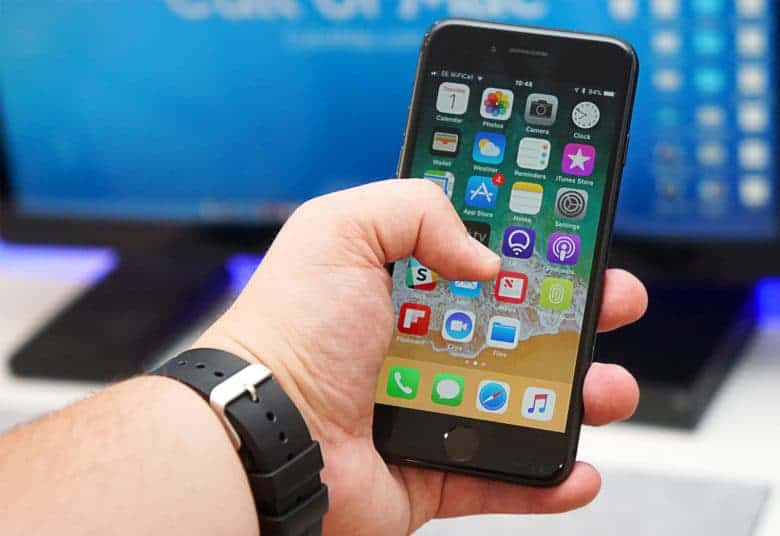The iPhone 8 display is 4.7 inches. Over the next few years, phone screen sizes are expected to grow to the point that only a tiny fraction will be that small.
Fortunately, it appears Apple is keeping up with the trend. In fact, it could be argued that the iPhone started it.
Last year, nearly all smartphones had screens between 5 inches and 6 inches, with a significant percentage below 5 inches. But a strong trend toward larger displays will kick off in 2018 predicts market-research firm IDC.
By the end of this year, handsets with screens larger that 5.5 inches will make up 65 percent of the total. By 2022, smartphones between 5.5 inches and 7 inches will make up a whopping 85 percent of the total. And the biggest will be some of the most popular; IDC predicts that screens larger than 6 inches will comprise about 35 percent to 40 percent of the total.
“You could say the term ‘phablet’ is becoming less relevant now that most smartphones will ship with larger screens, and when folding screens start coming into play in the medium term, this screen trend will evolve in new directions,” said Melissa Chau, associate research director with IDC’s Worldwide Quarterly Mobile Device Trackers.
A number of companies, including Samsung, are likely to release Android devices with folding screens as early as next year. These will be around 7 inches in size.
Expect a huge 2022 iPhone screen
Virtually all the details of the next-generation iPhone models have already leaked, we we can be virtually certain that Apple will soon unveil 6.5-inch and 6.1-inch iOS devices. Its third is rumored to have a 5.8-inch screen.
“With two out of three new iPhones expected to be larger than 6 inches, Apple will not be left behind in the 2018 race for increased screen real estate,” said IDC’s Chau.
Although the term “phablet” was first coined to describe Samsung’s Galaxy Note series, the original iPhone arguably started the move toward larger displays.
In the months after Steve Jobs unveiled Apple’s first phone in 2007, and before it was actually released, there was significant skepticism that people would use a handset with a 3.5-inch screen. This was much larger than the phones that were common at the time, which typically had displays about 2.5 inches.


